Latest NRAO News
News is managed by NRAO News & Public Information. Questions about News? Have a story to share? Want to interview a scientist or create new media about our telescopes?
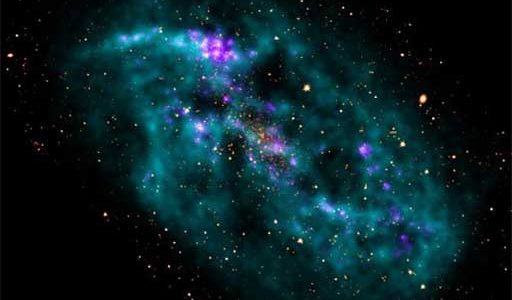
Astronomers have produced a scientific gold mine of detailed, high-quality images of nearby galaxies that is yielding important new insights into many aspects of galaxies, including their complex structures, how they form stars, the motions of gas in the galaxies, the relationship of normal matter to unseen dark matter, and many others.
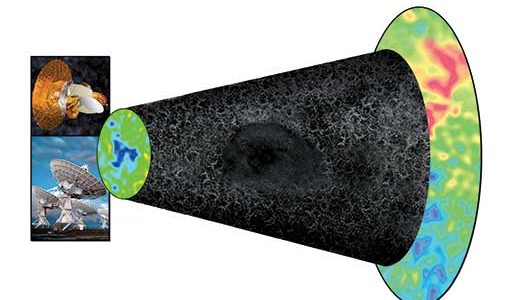
Astronomers have found an enormous hole in the Universe, nearly a billion light-years across, empty of both normal matter such as stars, galaxies, and gas, and the mysterious, unseen dark matter.
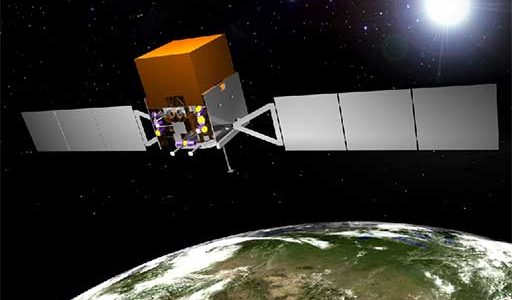
The National Radio Astronomy Observatory is teaming with NASA’s upcoming Gamma-ray Large Area Space Telescope to allow astronomers to use both the orbiting facility and ground-based radio telescopes to maximize their scientific payoff.
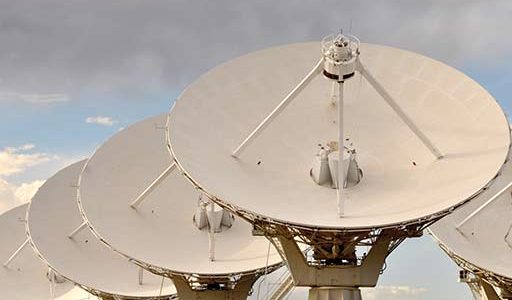
Astronomers using the National Science Foundation’s Very Large Array radio telescope have greatly strengthened the case that supermassive black holes at the cores of galaxies may have formed through mergers of smaller black holes.
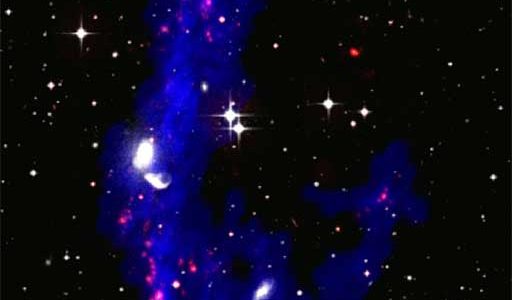
Astronomers studying dwarf galaxies formed from the debris of a collision of larger galaxies found the dwarfs much more massive than expected, and think the additional material is missing mass that theorists said should not be present in this kind of dwarf galaxy.
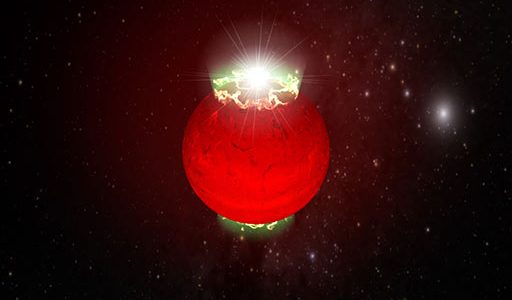
Brown dwarfs, thought just a few years ago to be incapable of emitting any significant amounts of radio waves, have been discovered putting out extremely bright lighthouse beams of radio waves, much like pulsars.
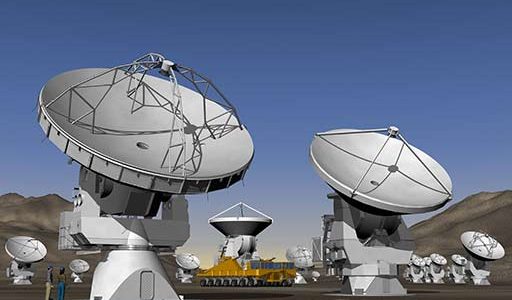
Two teachers from the town of San Pedro de Atacama, in the northern desert of the South American nation of Chile, arrive in Magdalena, New Mexico, Sunday, January 28, for a two-week visit that is part of a Sister Cities program sponsored by Associated Universities, Inc, the nonprofit research corporation that operates the National Radio Astronomy Observatory.
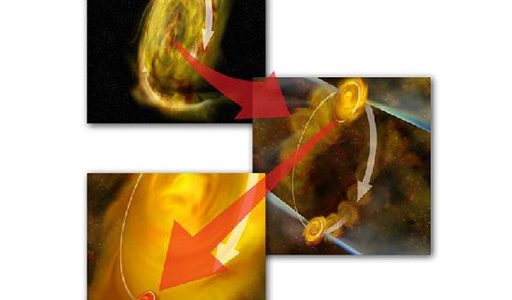
Astronomers have used the National Science Foundation’s Very Large Array radio telescope to image a young, multiple-star system with unprecedented detail, yielding important clues about how such systems are formed.
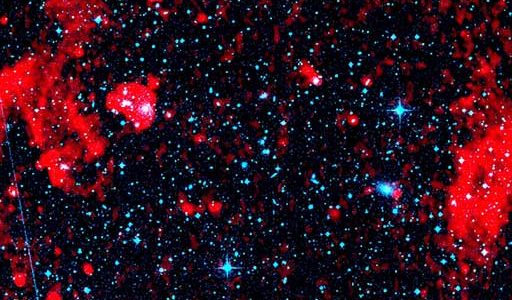
Astronomers using the National Science Foundation’s Very Large Array radio telescope have discovered giant, ring-like structures around a cluster of galaxies.
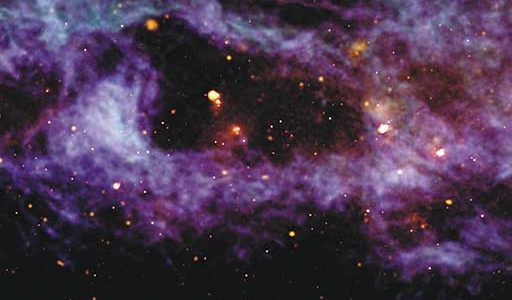
A striking image of an enormous bubble blown into the dusty gas disk of our own Milky Way galaxy has won first place in the National Radio Astronomy Observatory’s second annual Radio Astronomy Image Contest.





